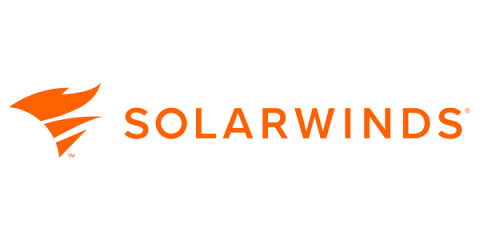Navigating the NIS2 Directive and How SolarWinds Can Help
In 2016, the European Union (EU) established the Network and Information Security (NIS) directive as its first comprehensive cybersecurity directive. Now, the EU is updating the directive in response to evolving cybersecurity challenges. Let’s break down NIS2 and discuss how SolarWinds solutions can help your organization improve its security incident-handling capabilities.






